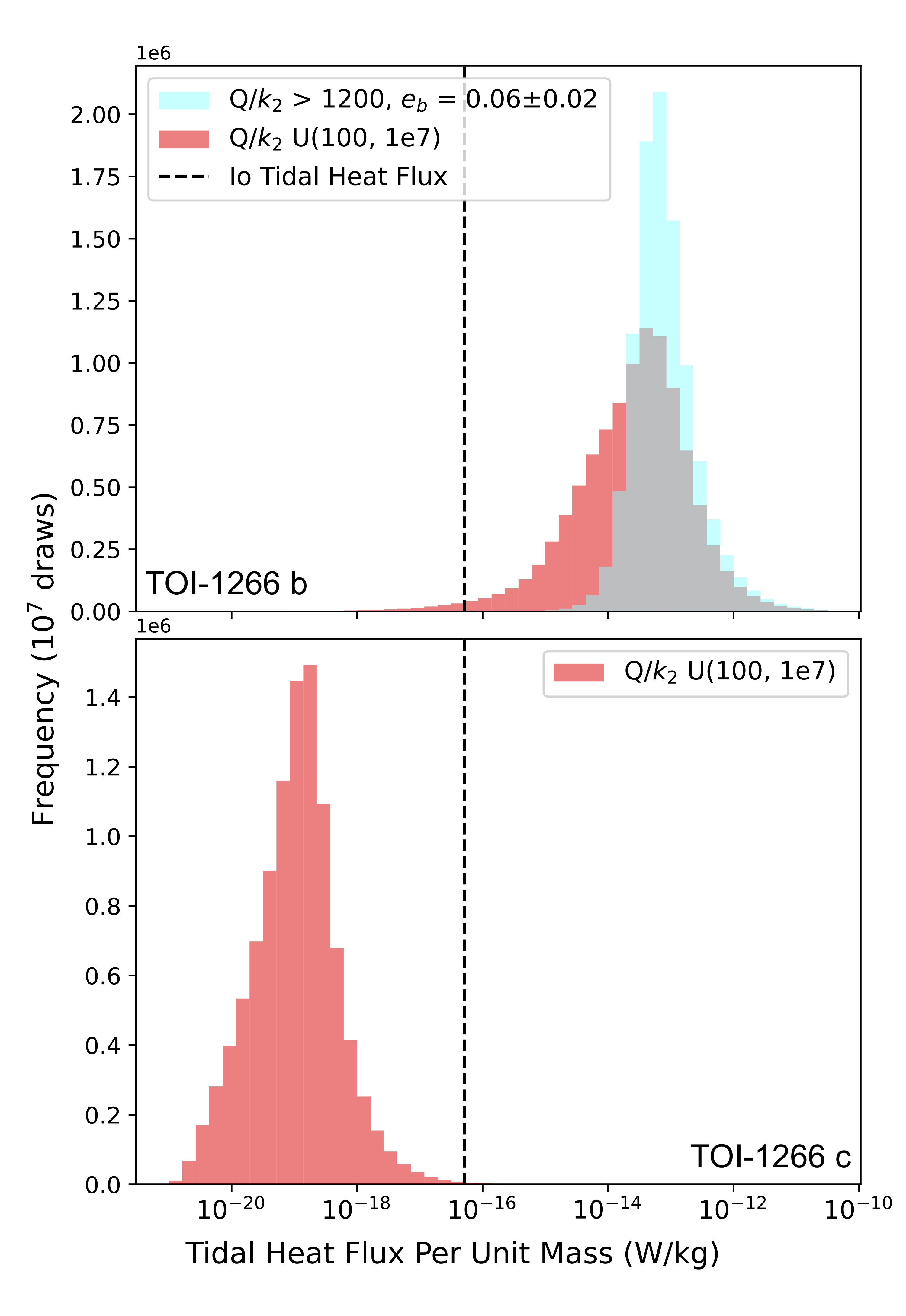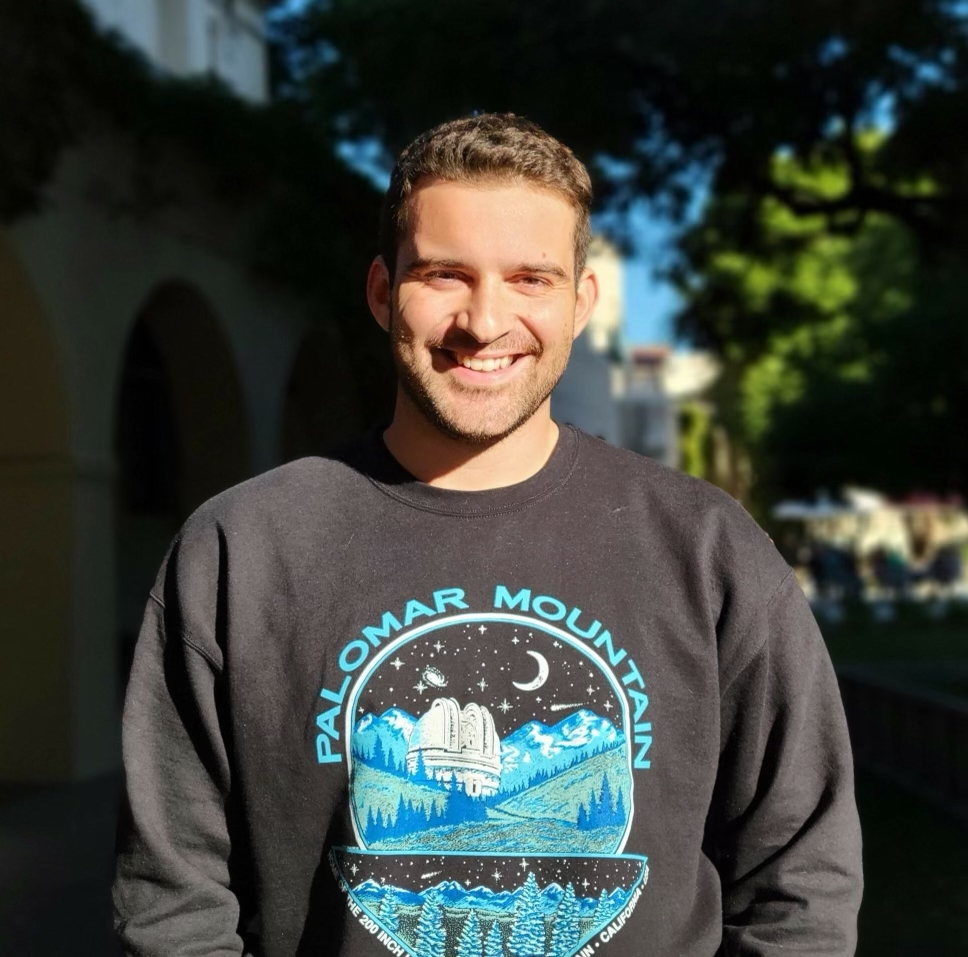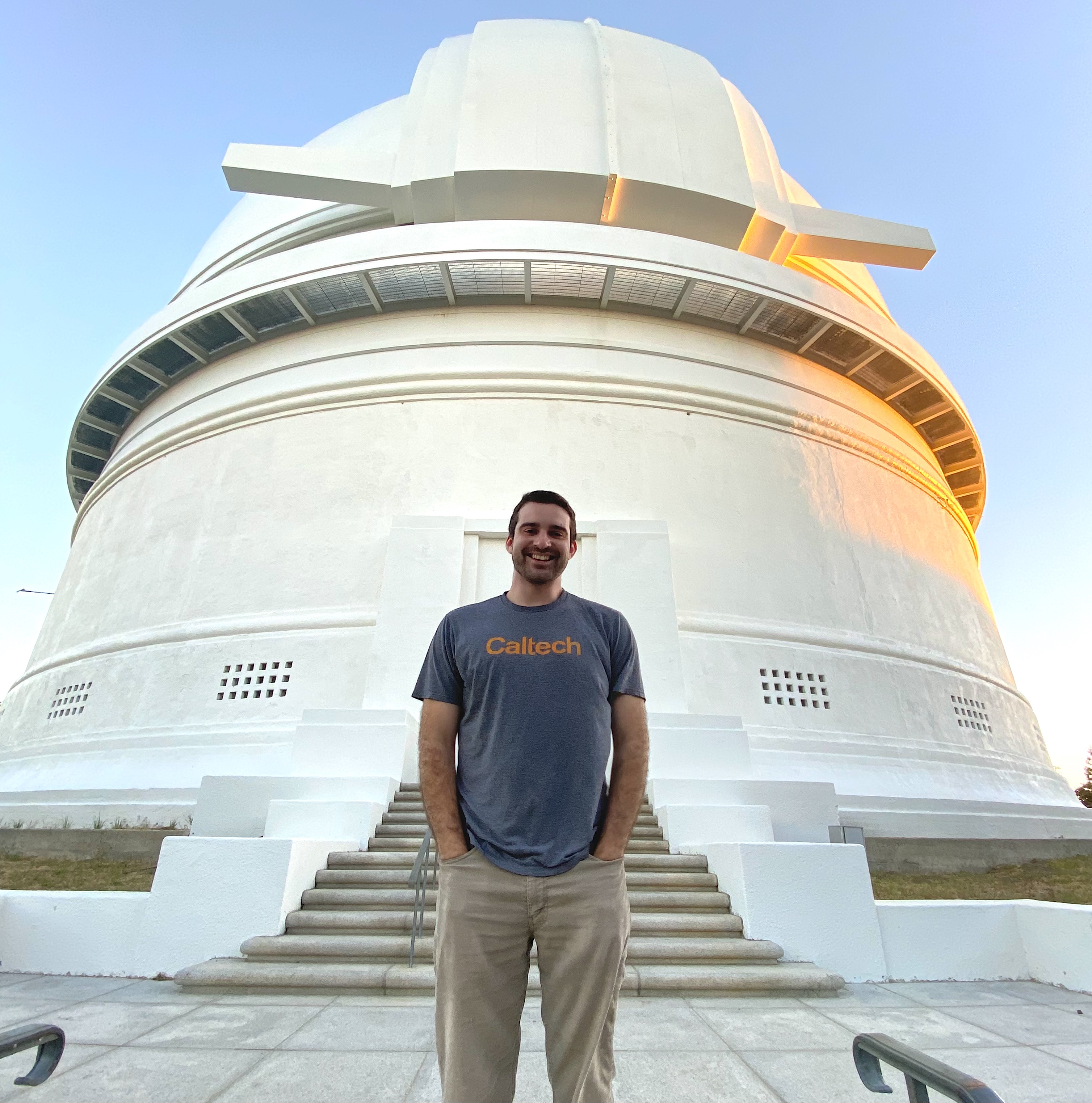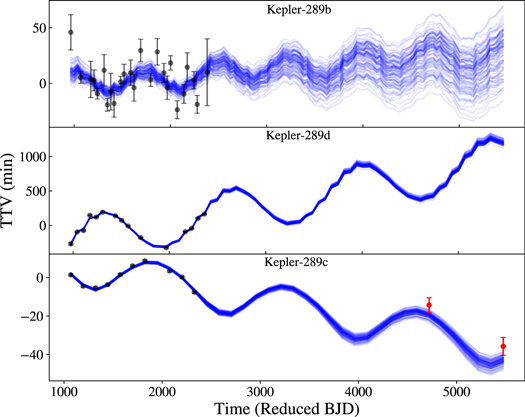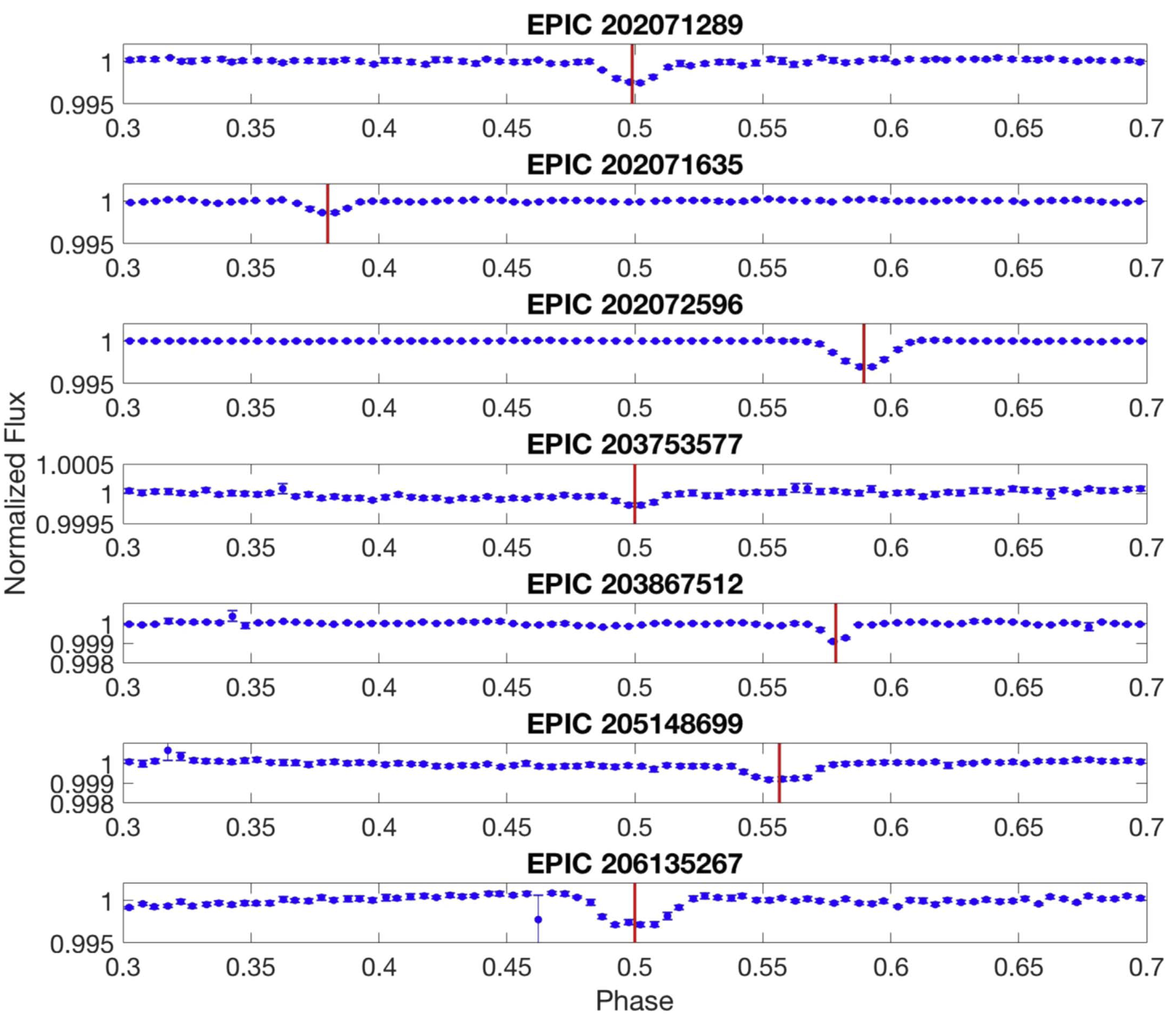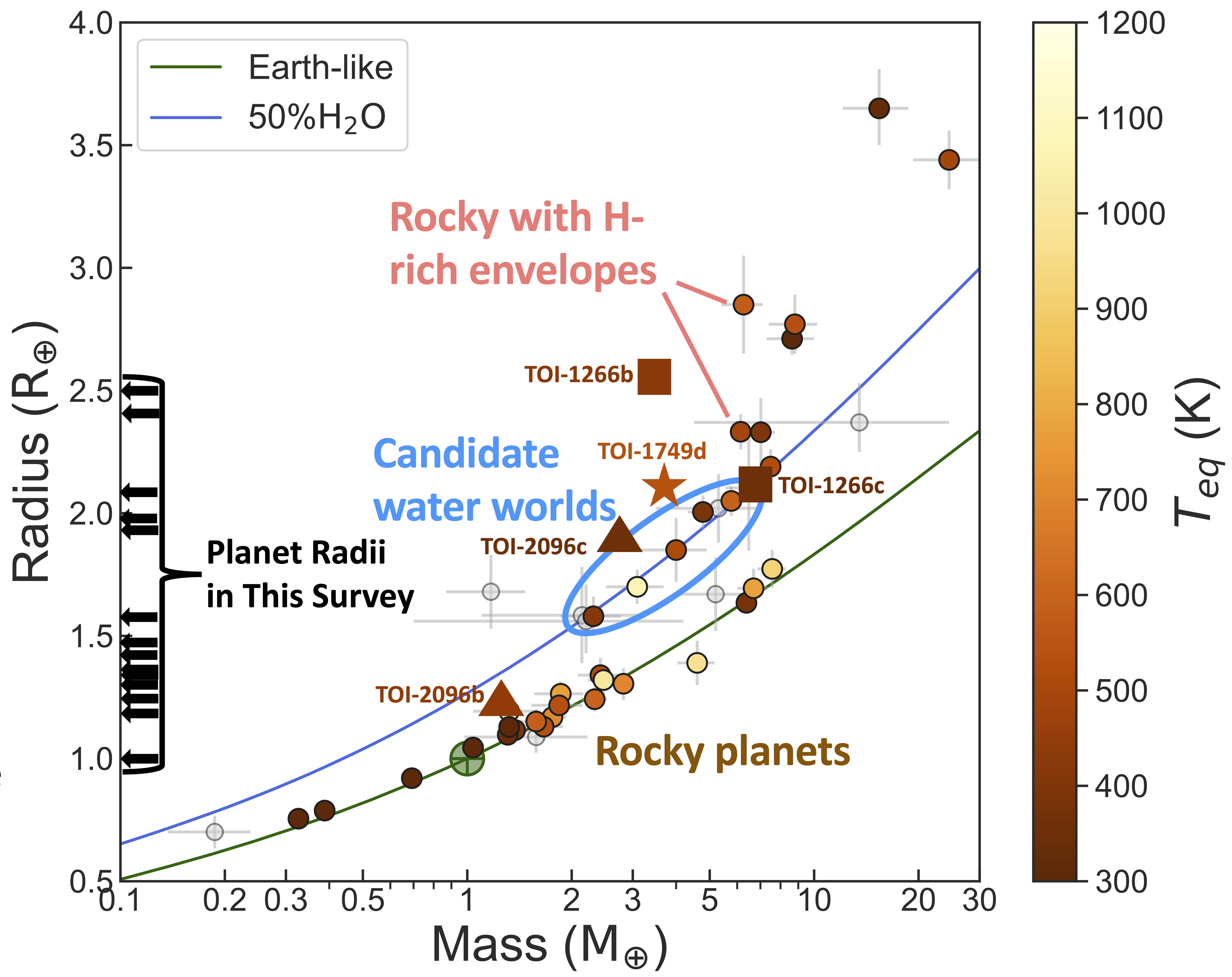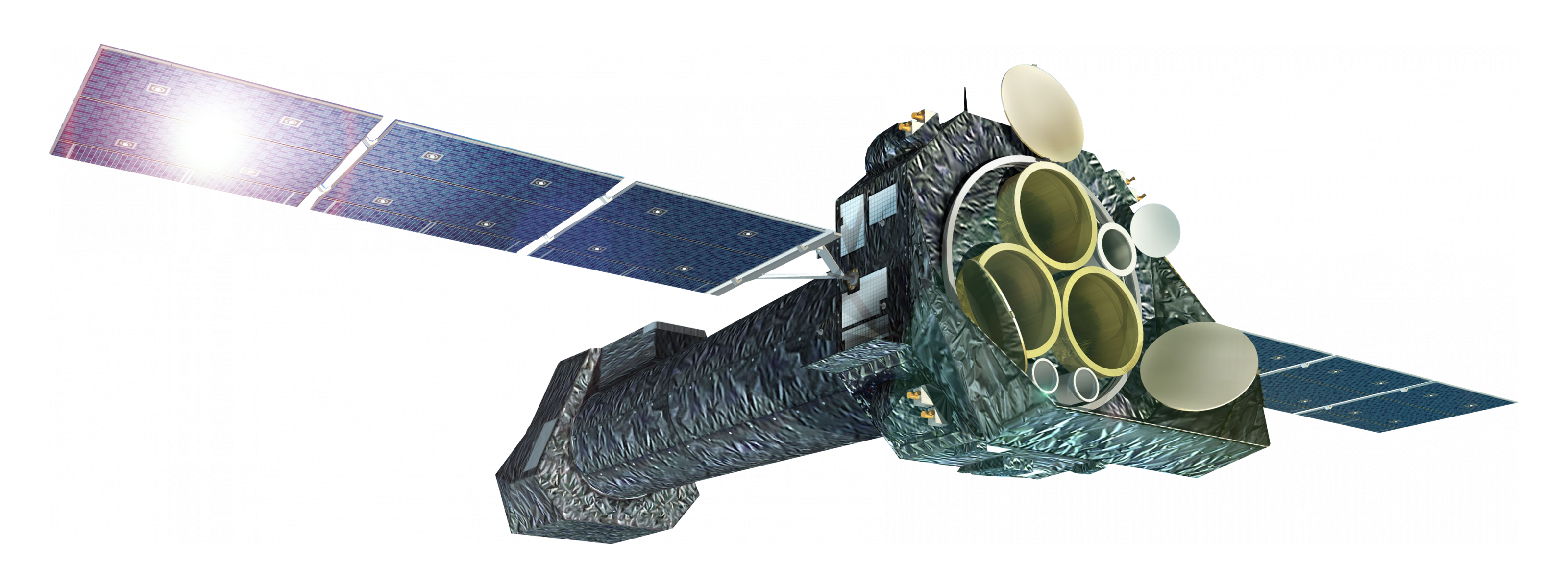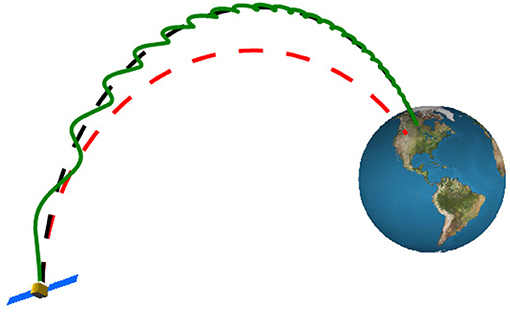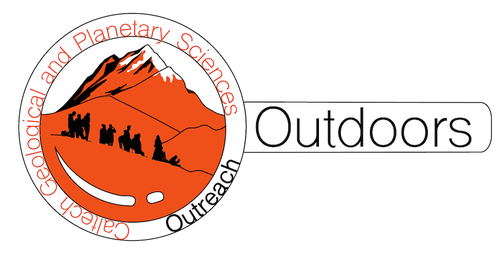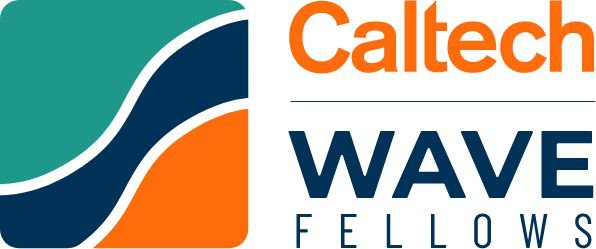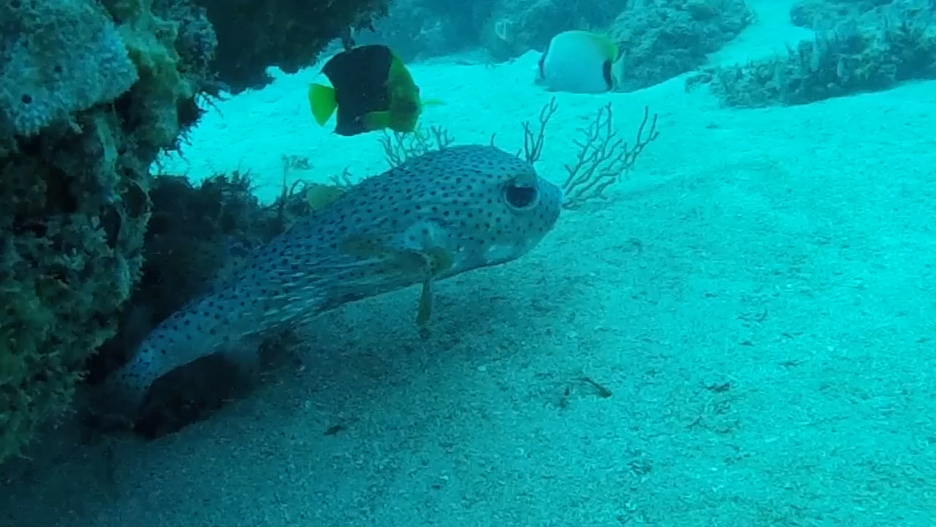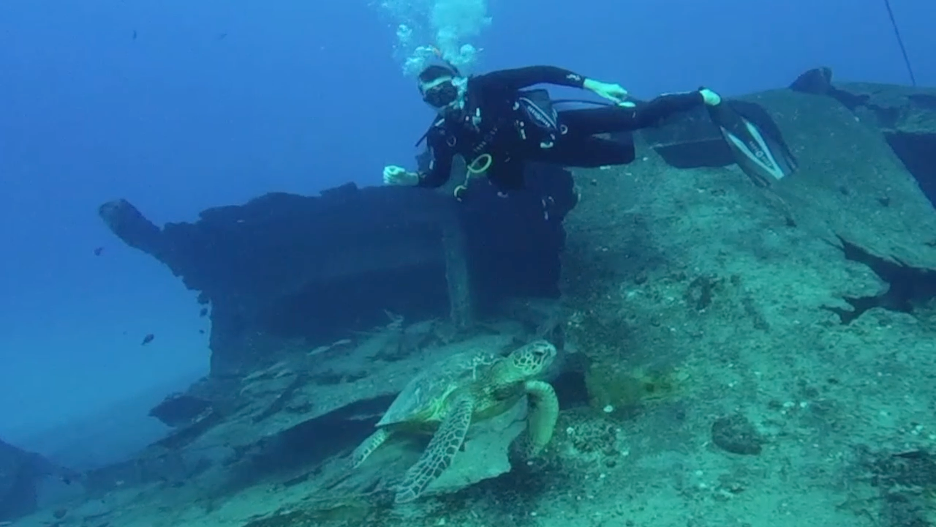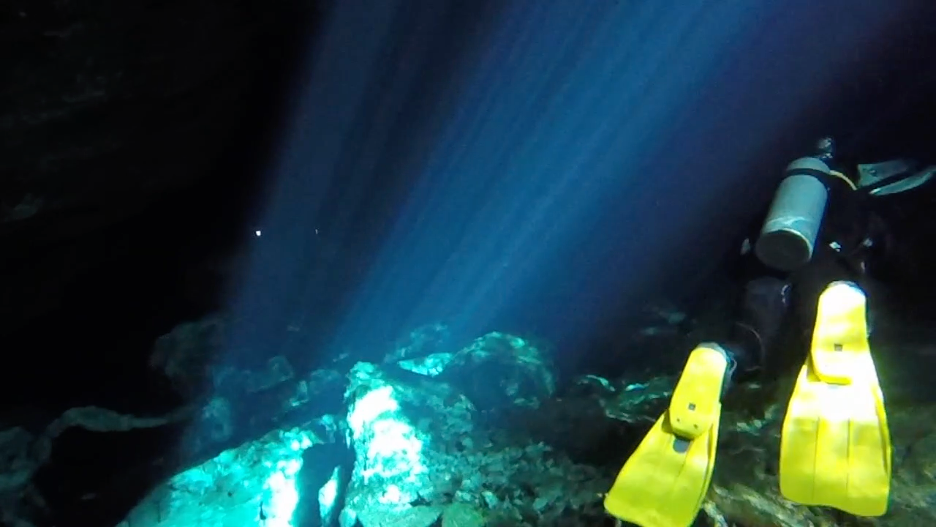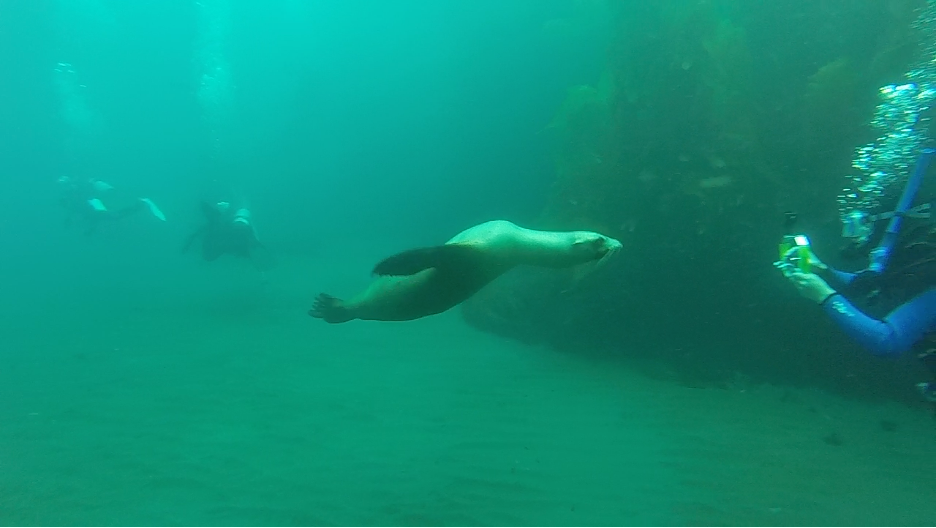Hello, welcome to my webpage!
I am a PhD Candidate in Planetary Sciences at Caltech.
I work on the observational characterization of exoplanets with Professor Heather Knutson.
My research interests include exoplanet detection, interior and atmospheric characterization, dynamics and tides, and host star radiation/activity.
In my PhD thesis work, I have used transit timing variations
and radial velocity observations to measure planetary radii, masses, orbital eccentricities,
and tidal heat fluxes, and characterized the XUV flux of planet host stars. I hope to understand the true diversity of
compositions for small planets, and investigate their formation, evolution, and habitability.
I work on this by combining observations with statistical analysis and dynamical modeling.
Previously, I worked as a space weather forecaster at NASA Goddard Space Flight Center,
where I monitored real-time solar wind conditions and eruptions to make predictions for
impacts to NASA assets throughout the solar system. This work was exciting and fulfilling,
especially when there were coronal mass ejections headed straight for the Earth!
I received dual BS degrees in Physics and Astronomy with a minor in Planetary Science from the University of Maryland, College Park in 2019.
I originally focused on plasma physics and heliophysics research, before switching to exoplanets.
I worked with Professor Drake Deming for my undergraduate thesis on identifying false positive planet candidates from the K2 Mission.
Despite several later additions, this work keeps my standing count of planets discovered at -2.
